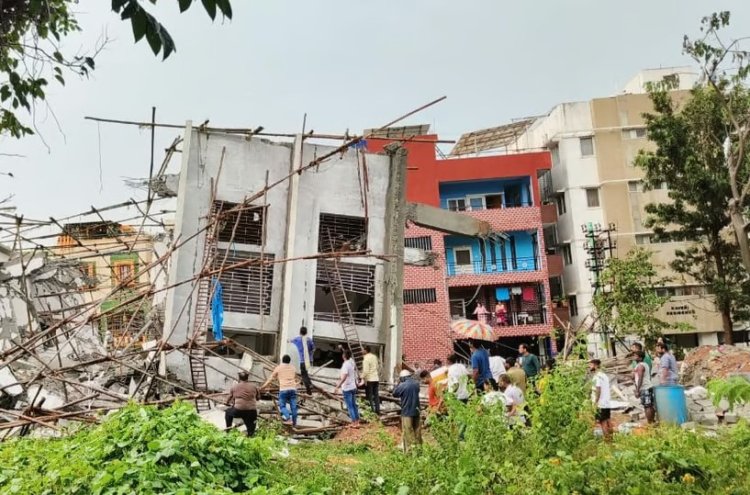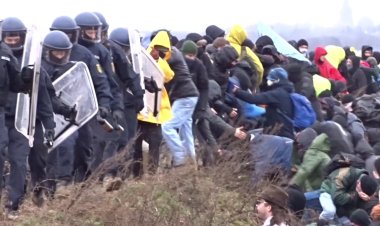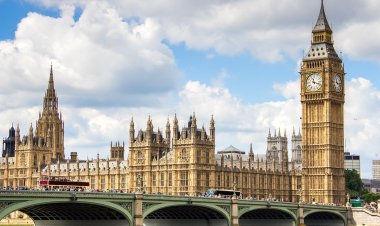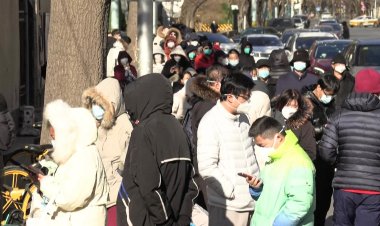Record rainfall causes floods, building collapse in Bengaluru

Heavy rainfall in Bengaluru, India, has triggered widespread flooding and a building collapse, leading to significant disruption in the tech capital. At least 15 people were rescued from a collapsed under-construction building, with search operations ongoing for others potentially trapped. The incident occurred at Anjanadri Layout in north Bengaluru, where approximately 20 workers were present at the time.
The city experienced record-breaking rainfall, with the India Meteorological Department's GKVK station recording 186.2 mm in 24 hours - the highest in 27 years, surpassing the previous record of 178.9 mm from October 1, 1997. The deluge has resulted in nearly 100 lakes overflowing and more than 1,500 houses being affected by flooding.
In response to the crisis, the state government has declared a holiday for government and private schools and advised IT-BT companies to implement work-from-home policies. Emergency services have been conducting rescue operations, with boats being deployed to evacuate stranded residents.
The situation has sparked political controversy, with opposition parties BJP and JD(S) criticizing the ruling Congress government's handling of the crisis. BJP leader CT Ravi questioned the management of the city's historical pond system, while JD(S) highlighted infrastructure failures, including an incident involving a disabled woman falling into a pothole.
Deputy Chief Minister DK Shivakumar faced criticism for not visiting affected areas but defended his position, stating that flood relief work took priority over site visits.
The flooding represents a stark contrast to the water shortage the city experienced earlier this year, highlighting Bengaluru's infrastructure challenges.
Emergency response teams continue to work on rescue operations and flood mitigation efforts as the city grapples with waterlogged roads, fallen trees, and submerged vehicles.















